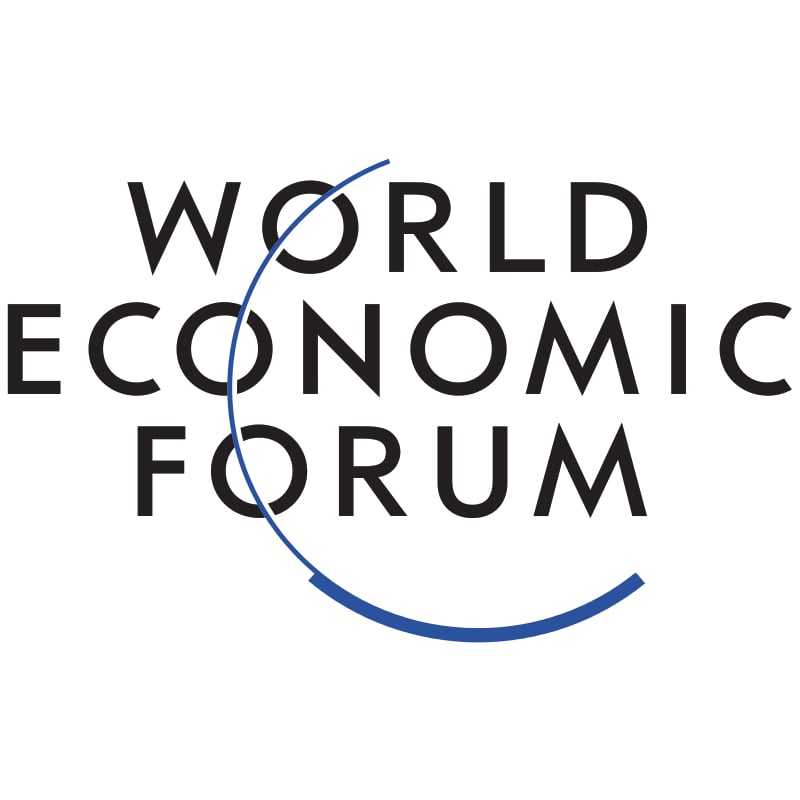Published:
The World Economic Forum has released the latest version of their annual publication, The Global Competitiveness Report, which turned 40 years old this year. The 2019 report highlights the cycle of low levels of productivity growth in the world economy despite the injection of over 10 trillion dollars by central banks. Although the overall tone of the report is negative, it emphasizes the ability of countries pursuing a holistic approach to socio-economic challenges to set themselves ahead on the economic frontier.
The Global Competitiveness Report of 2019 assesses the productivity competitiveness of 141 countries through 103 indicators that are organized within 12 themes, coming together to form the Global Competitiveness Index. These themes have stayed the same as last year’s report and consist of institutions, infrastructure, ICT adoption, macroeconomic stability, health, skills, product market, labor market, the financial system, market size, business dynamism, and innovation capability. The 2019 Global Competitiveness Index ranks the top five competitive economies as Singapore, the United States, Hong Kong, the Netherlands, and Switzerland, respectively. Of note, Singapore has continued its ascension and overtook the U.S. as the top-ranked country in this index. Conversely, Switzerland has continued its fall down the rankings after being ranked the top country for 9 consecutive years prior to 2018.
One major finding in 2019’s report is the widening of the competitiveness gap between the average country score and the frontier, the ideal competitiveness that maximizes productivity. The report also echoes many experts’ warnings of a potential economic downturn in the future, citing high levels of uncertainty and low confidence among business executives.
The complete and comprehensive report can be accessed by following the link at the bottom of this article and contains global findings and implications, regional and country analysis, a future competitiveness analysis, a discussion regarding sustainability and growth, and the shared prosperity and growth of competitiveness.
File under






